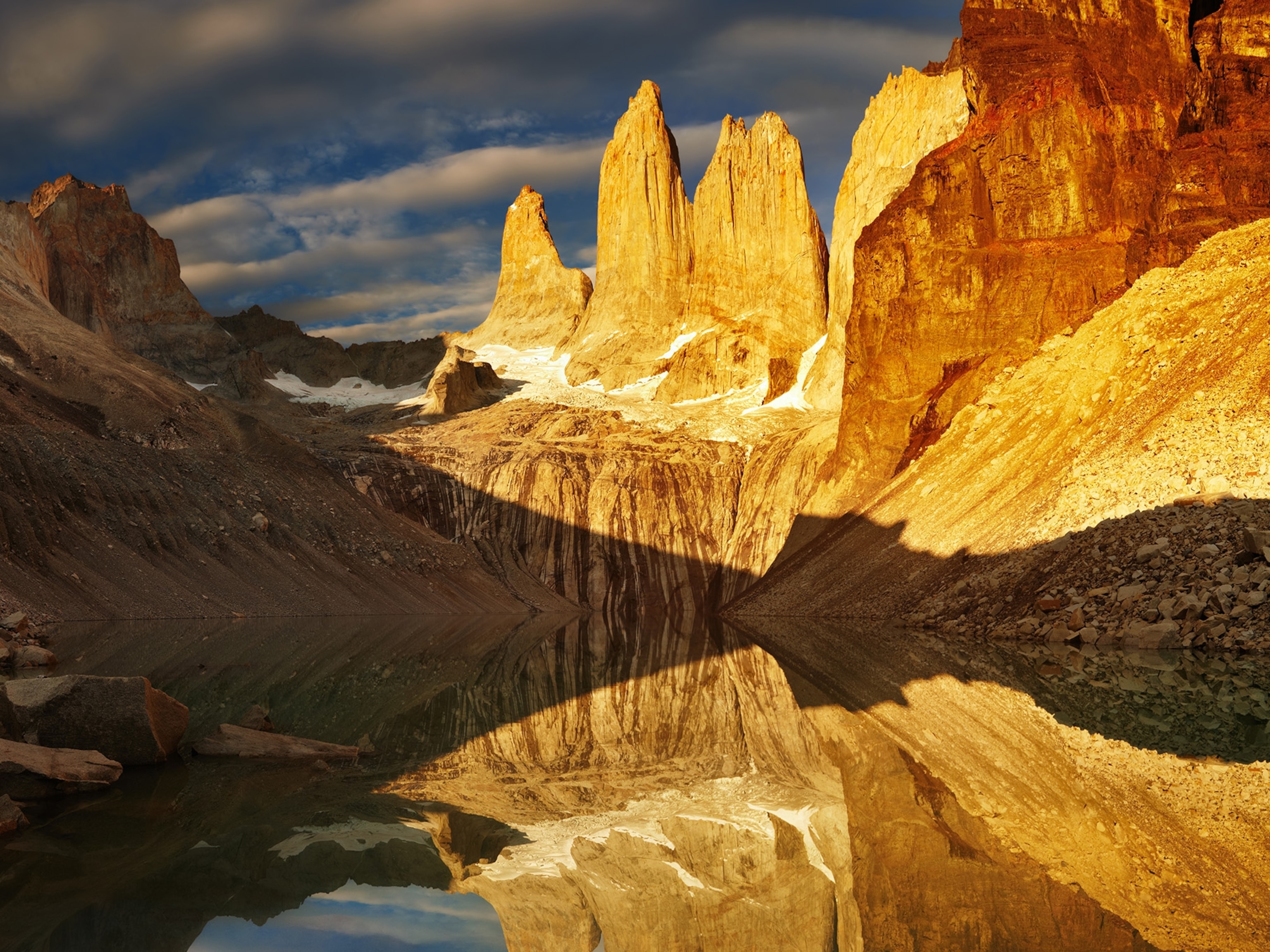
Explore the historical wonders of Jordan
With the addition of the city of As-Salt in 2021, the beguiling country of Jordan is now home to six UNESCO World Heritage Sites.
1. As-Salt
‘Friendly’ is a cliche used to sum up many a city, but As-Salt has actually been awarded for it. As-Salt was inscribed by UNESCO as a ‘city of tolerance and urban hospitality’ in 2021. Spread across three hillsides, its skyline is speared by both minarets and church spires — an example of Muslims and Christians living peacefully side by side in the Middle East. Perched on a crossroads for trade and pilgrimage between the Mediterranean Sea and the Arabian Peninsula, the city is believed to have been built by Alexander the Great’s Macedonian army, with Romans, Byzantines and Mameluks all leaving their mark. From the end of the 19th century to the early 20th century, the Ottomans built an array of elegant merchant’s houses with arched windows, inner courtyards and domed roofs that can still be admired today — the Abu Jaber mansion, with its frescoed ceilings, is perhaps the finest example.

2. The Baptism Site
Five miles north of the Dead Sea, the water of Wadi al-Kharrar emerges from sun-baked rocks to form a cool oasis fringed by tall reeds and the occasional palm tree swaying in the warm wind. This unassuming scene marks the spot where Christianity allegedly originated. It was here, near the banks of the Jordan River on the border with Israel, where Jesus is believed to have been baptised by John, began his ministry and gathered his first disciples. Consequently, it’s a major pilgrimage site for Christians. The surrounding area is dotted with the remnants of a monastery, chapels and hermit caves, but two sites shouldn’t be missed: Jabal Mar-Elias (Elijah’s Hill), where the prophet Elijah ascended into heaven; and St John the Baptist Church.

3. Petra
A traveller’s first glimpse of the Rose City is never forgotten. The narrow and winding Al Siq gorge opens to reveal the towering colonnaded Treasury, hand-chiselled from the dusky pink sandstone some 2,300 years ago by the Nabateans, an ancient nomadic Arabic civilisation. Today, their descendants, the B’doul Bedouin, still act as guides here. Hidden among the gorges of Wadi Musa, this impenetrable city was a major spice trade hub, home to 30,000 inhabitants. In 363, a massive earthquake reduced a third of the city to rubble. It faded from use and memory until 1812, when Swiss explorer Johann Burckhardt disguised himself as a Bedouin and started sweeping away at the sand to rediscover the Lost City. Even now, only half has been uncovered. Three nights a week, its secrets seem most alive when 1,500 lanterns set the colours of the ochre rock ablaze.

4. Quseir Amra
Standing sentinel on the parched plains of central northern Jordan, this eighth-century desert palace was built by Umayyad caliph princes as an oasis when away from the Umayyad capital in Damascus. It's one of the oldest-surviving hammams in the Muslim world. Its domed roofs are a good example of early Islamic architecture, but like a quartz, their rocky exterior conceals treasure within. The ceilings are alive with vibrant frescoes depicting hunting and animals. Most unusual is the zodiac adorning the roof of the caldarium (hot bath) — it’s the earliest known portrayal of a map of the stars on a dome.

5. Umm Ar-Rasas
Positioned on the King’s Highway, an hour southeast of Amman, this wind- and time-worn assembly of stone archways, pillars and secret crypts spans six centuries — from Roman times to the early Islamic period — and was once a major ecclesiastical centre for pilgrims journeying through the Holy Lands. It’s even said a young Prophet Muhammad passed through as part of a merchant caravan. The remains of 16 churches have been unearthed, but the standout star is St Stephen’s Complex — a group of four churches with ornate mosaic floors. Be sure to also wander out toward the 45ft-high Stylite tower where ascetic hermits fasted, prayed and endured ritual corporal mortification, often for years on end. It’s the last of its kind in the world and a key reason to visit this often overlooked but marvellous archeological site.

6. Wadi Rum
Nicknamed Mars on Earth thanks to its otherworldly blood-red, iron-oxide sand, sandstone and granite mountains, Wadi Rum, in the far south, spans an area roughly the same size as New York City and has played a starring role in films such as Lawrence of Arabia and The Martian, starring Matt Damon. It’s Jordan’s great open-air museum, bearing thousands of petroglyphs dating back some 12,000 years. This ancient landscape now offers very modern adventures such as sand boarding, jeep drives, hot air balloon rides, rock climbing and camel safaris. Come nightfall, you can camp beneath skies sugared with a billion stars. Options range from a sleeping bag on the sand in Bedouin-style camps to luxury bubble tents with transparent roofs for unrestricted stargazing.

For more information, go to visitjordan.com
Follow National Geographic Traveller (UK) on social media




